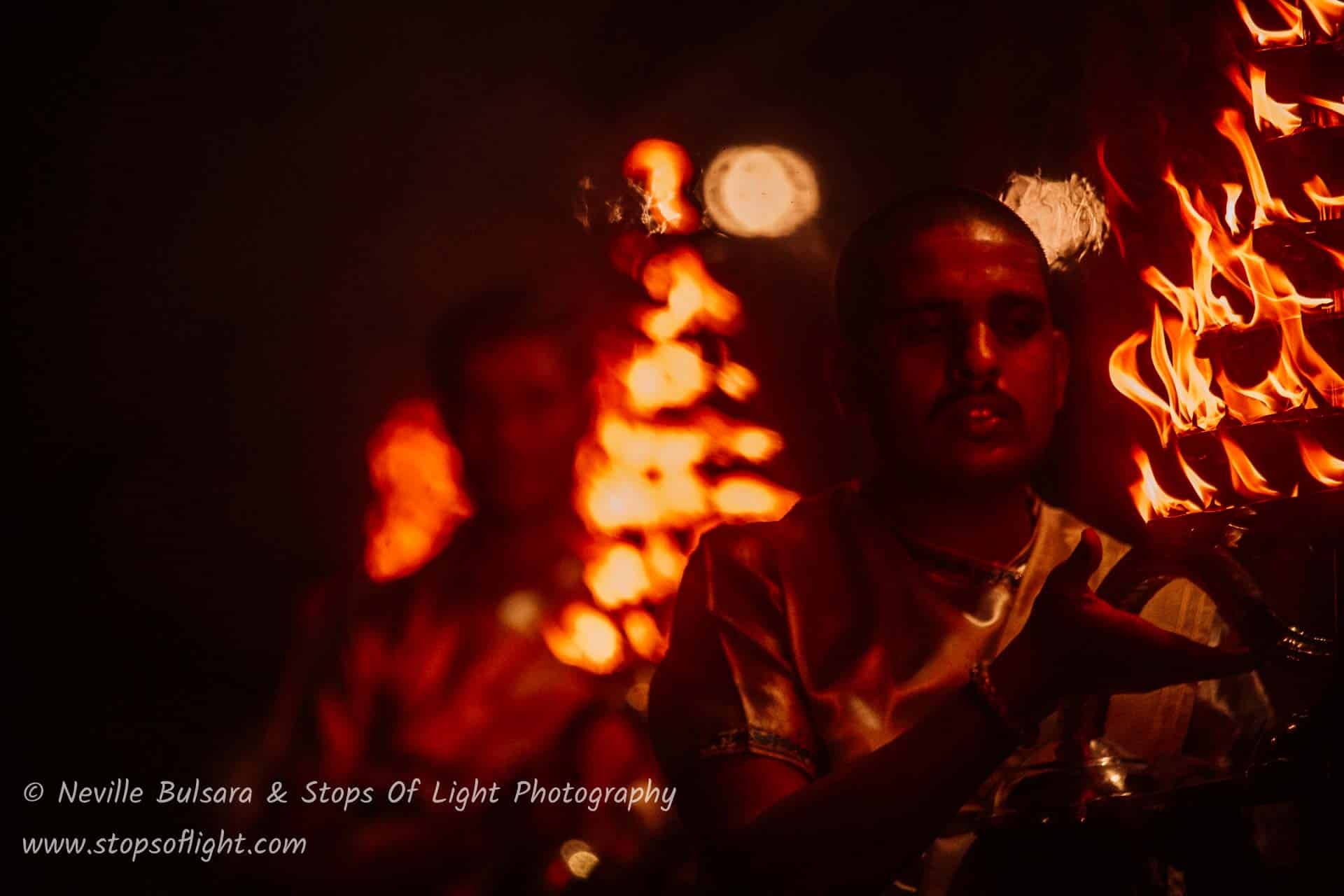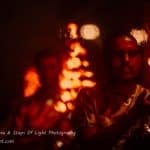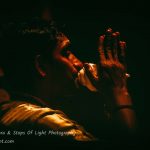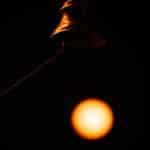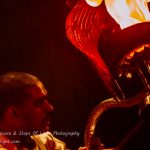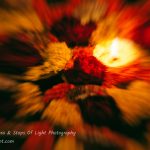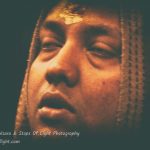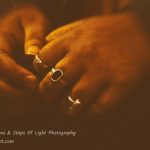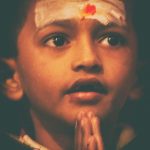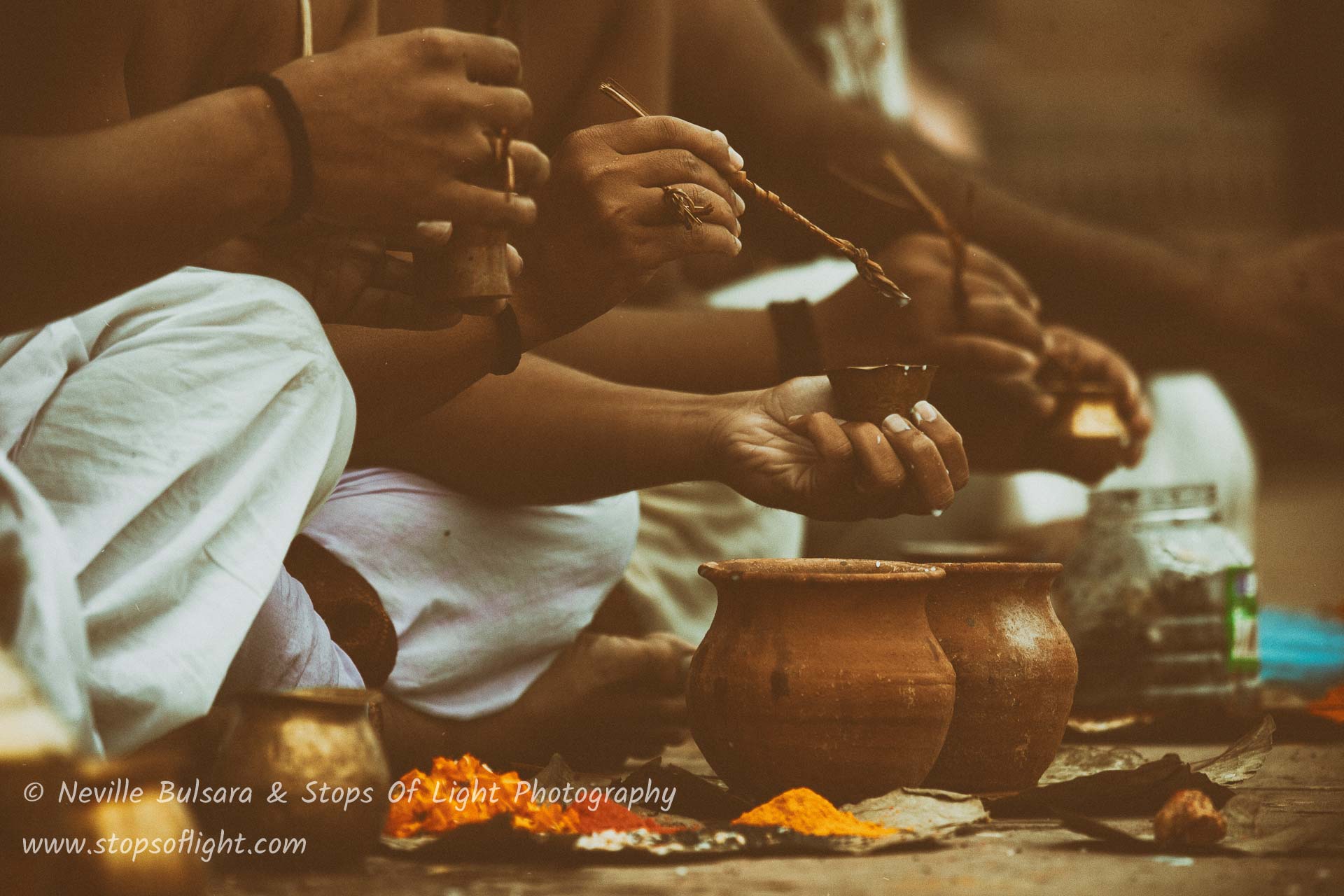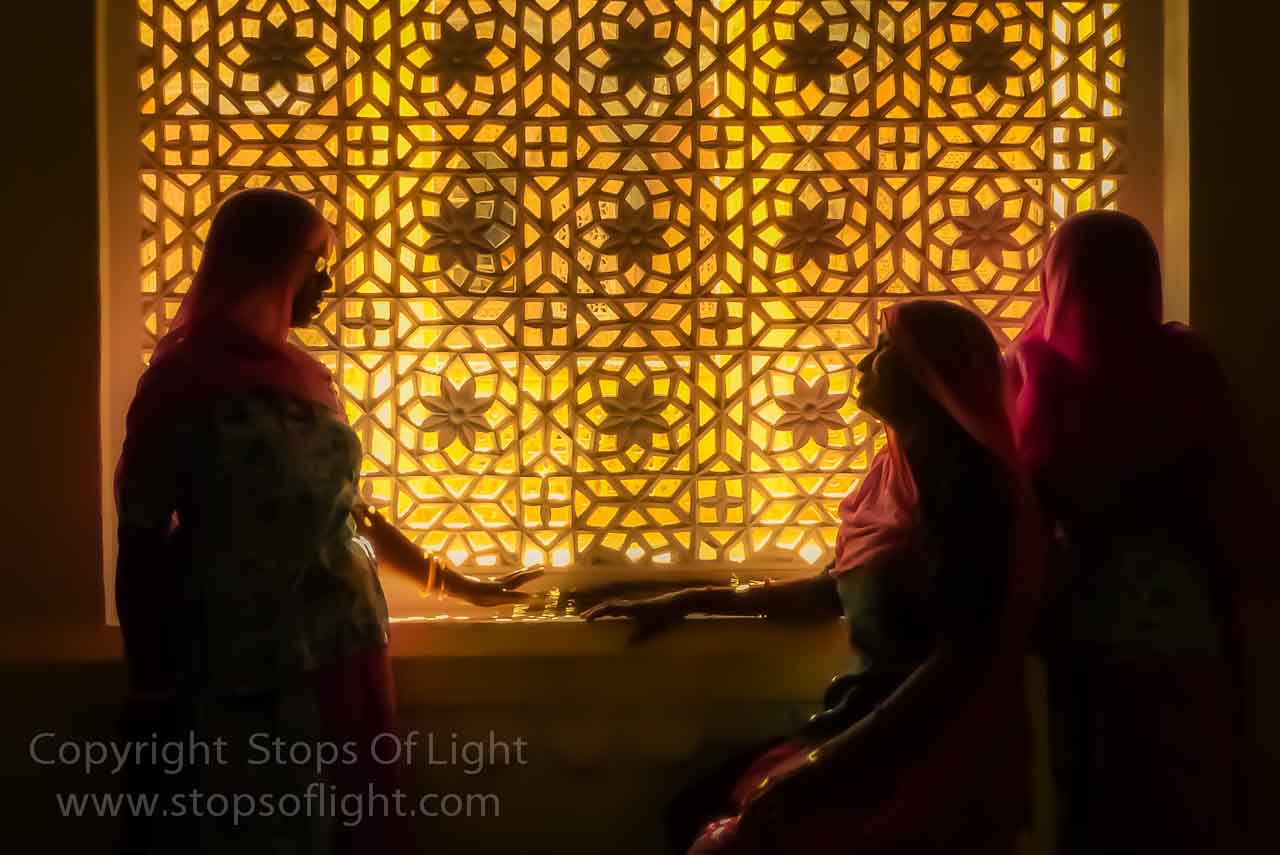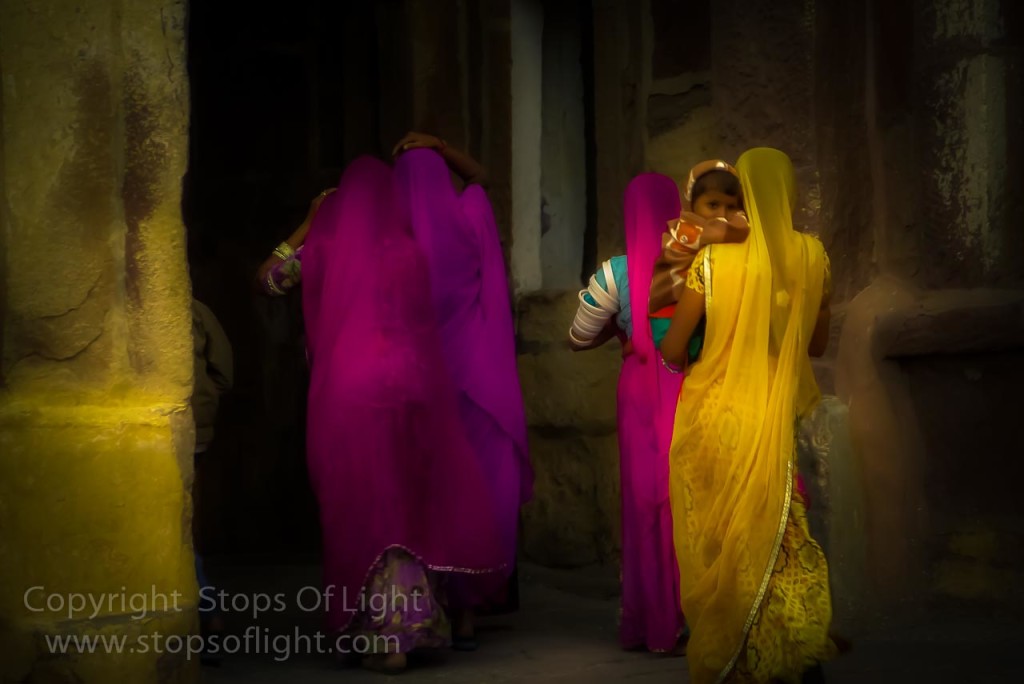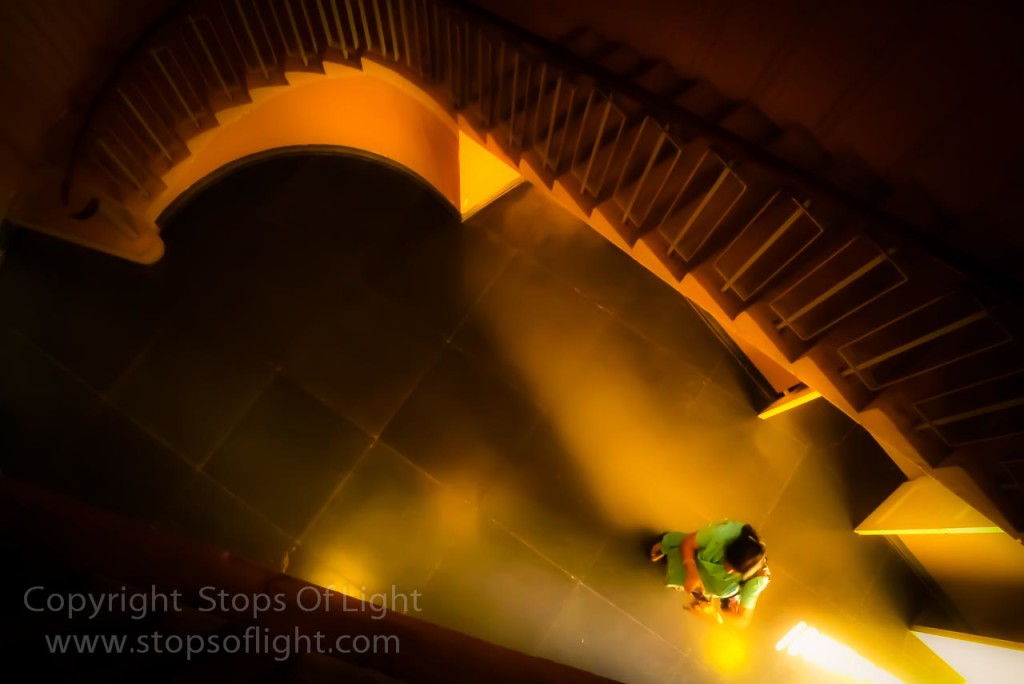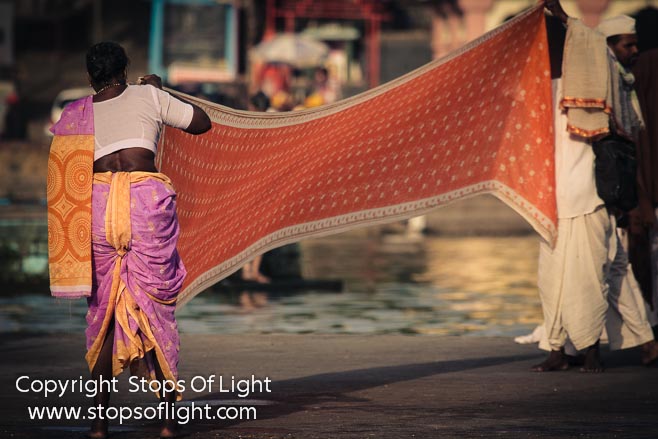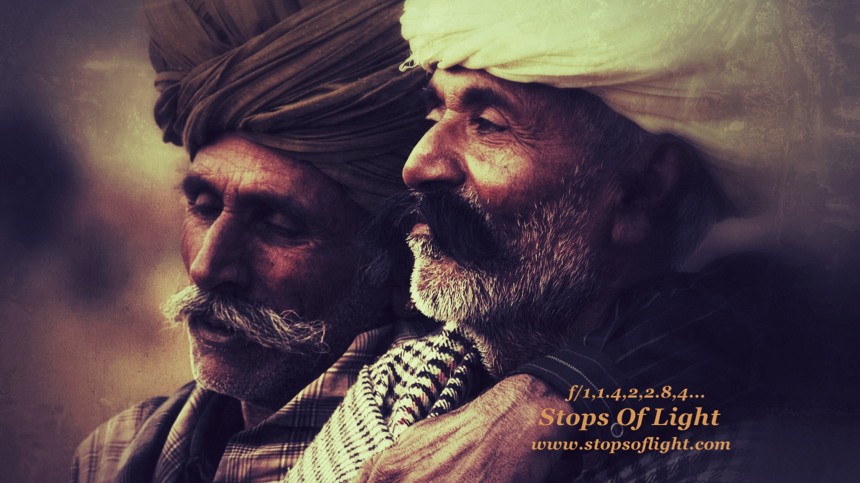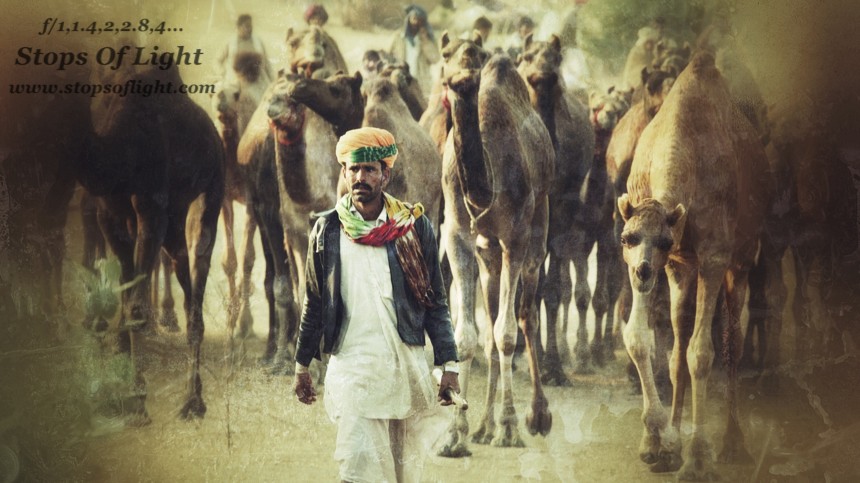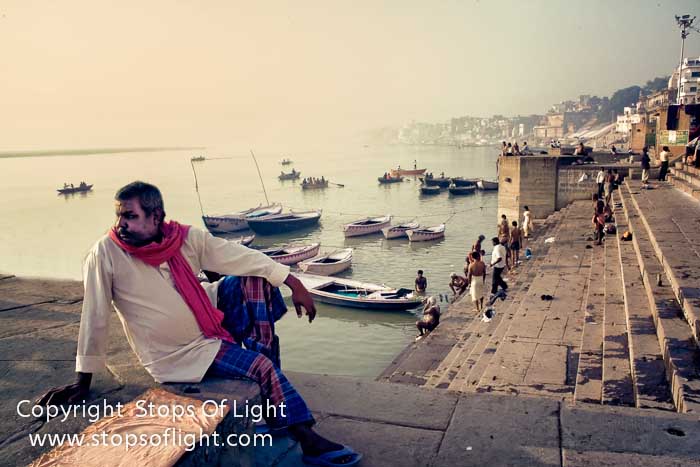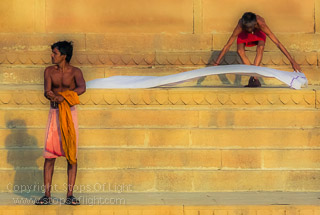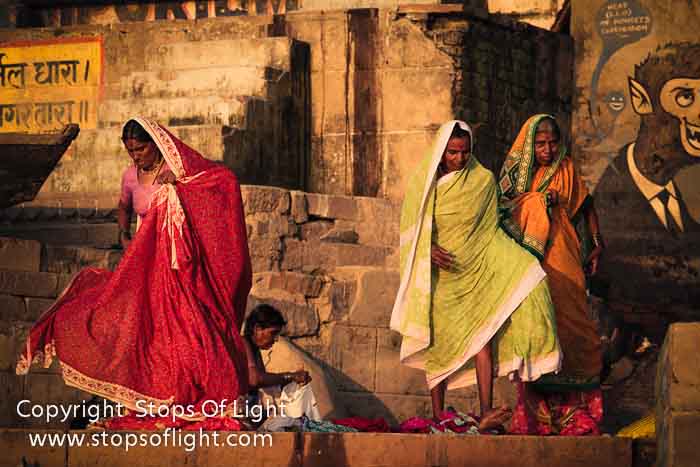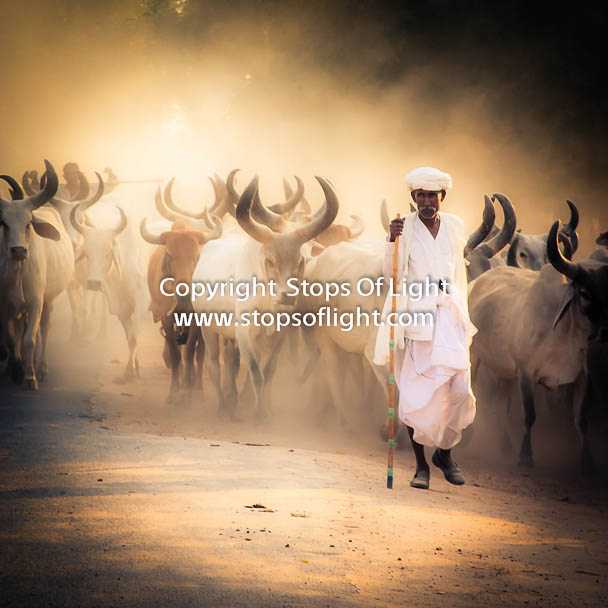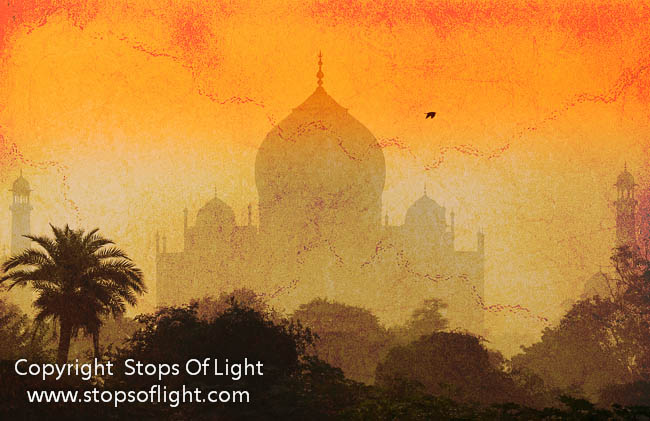(For starters, apologies for missing the daily updates. As they say, the days were just packed!)
Picking up from where I left in my previous post – my flight finally left Mumbai at 1:15 p.m., touching down in Varanasi at around close to four. Peter meanwhile had written in saying that he’d grabbed lunch at one of the Lonely Planet recommended joints not too far from the ghats, and was quite – and I’m quoting him here – ‘Overwhelmed’…
I presume he was speaking about the sheer crush of people and the chaos (and not the food) that are part and parcel of Varanasi! 😂
“The trick is not to get overwhelmed because you won’t know what to shoot / point your lens at then. Don’t even think ‘I need to shoot’, because you won’t know where to begin. Just sit, observe and let the impressions and rhythm of the place wash over you. Let it tell you what of it and how to photograph it.”
My advise to him was – as it is to anyone else who find themselves overwhelmed with the visual and other chaos of a place is simply this: “The trick is not to get overwhelmed because you won’t know what to shoot / point your lens at then. Don’t even think ‘I need to shoot’, because you won’t know where to begin. Just sit, observe and let the impressions and rhythm of the place wash over you. Let it tell you what of it and how to photograph it.”
The ride from the airport to the hotel was a breeze, well, most of it at least. Travel time between the airport and city has been considerably reduced thanks to road-widening and several flyovers. Traffic in the city is another matter altogether; it took me as much as fifteen minutes to clear a stretch of road measuring just fifty meters or so, but then, that’s Varanasi for you – some things never change, and one really can’t expect the oldest continuously inhabited place on the planet to change much. And before I forget, let me add that I had to let go my cab and walk the last quarter of a kilometer to the hotel thanks to a roadblock the cops decided to enforce that day, the “better to manage traffic”; Hah!, as if that’s possible in Varanasi!
Got into the hotel at 5:35, met Peter in the lobby. Checked in, got up to my room and was down again in a few minutes, my camera gear in tow. Both Peter and I were putting up in the same hotel, strategically chosen as it was just a five or so minute walk from the ghats, which is where we were now headed for the evening aarti (worship ceremony) of the river Ganges.
No sooner had we reached the ghats that we met up with Aparna (a past-participant of my Art Of Seeing Photography Workshop) from Mumbai. Aparna – who was there with some of her friends – has an ancestral house in Varanasi, and on hearing that Peter and I were visiting, was kind enough to extend us an invite to dinner, one which was gracefully accepted. Some small – and not-so-small – talk followed; notable among the latter was Aparna pointing to the full-moon cresting the horizon and remarking “Tonight’s a full-moon, but there’s no way – what with both the scale of the aarti ceremony and the tonal contrast – that one can photograph it with the aarti...”
We agreed to meet up after the ceremony was over, and I guided Peter to a few spots from where I knew he’d get the photographs that matter. Looking around and giving him a run-down of what to expect and what to keep his eyes peeled out for, I suddenly blinked. Hard. And then I go “You know Pete, maybe we can’t photograph both together, but I do think we can photograph one in the context of the other…”
“Tonight’s a full-moon, but there’s no way – what with both the scale of the aarti ceremony and the tonal contrast – that one can photograph it with the aarti…”
Well Aparna, this one’s for you! 😊
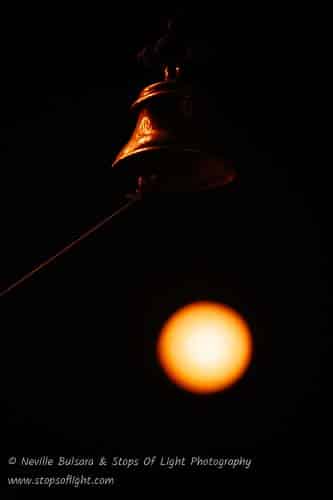
The rest of the photographic part of the evening was spent in meeting up with the rest of our workshop participants – Tom and Sabrina, both from Germany – and photographing the aarti ceremony.
I’d decided that I’d be shooting with my Canon EOS 5, tonight; given the coverage of the lens (100-400) I restricted myself to making some close-up story-telling images of the ceremony, as well as the people attending them. Image thumbnails are cropped; click on an image to see it large.
We wrapped up the evening with a boat ride to Kedar Ghat from where we headed to Aparna’s home for a delicious dinner and outstanding hospitality. I’d planned to call it an early night, but that was not to be; it was close to ten (or was it later?) by the time we got back to our hotel – the next day was going to be a long one!
